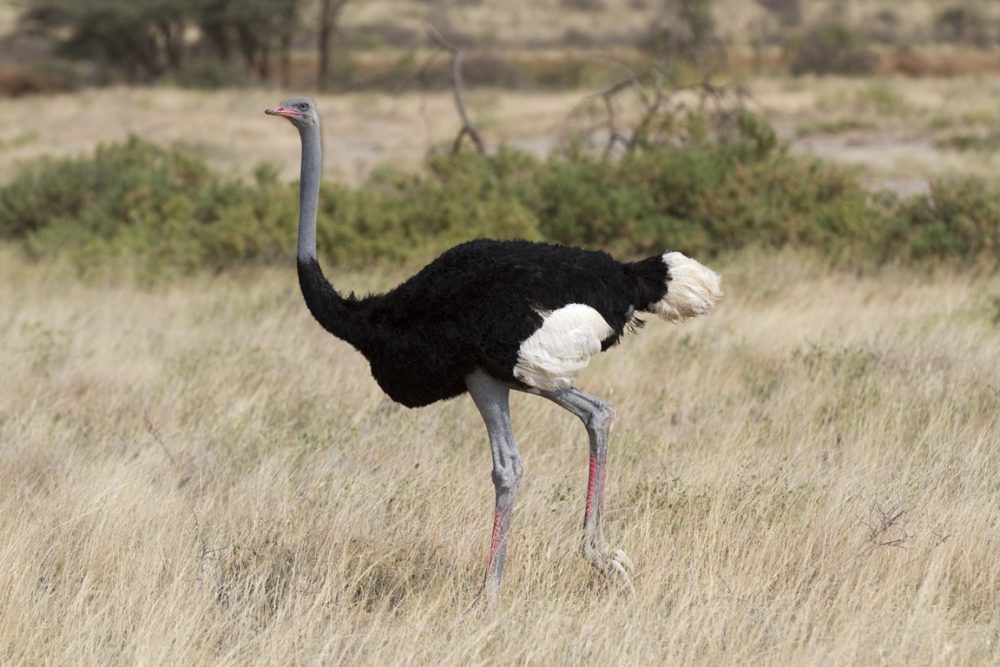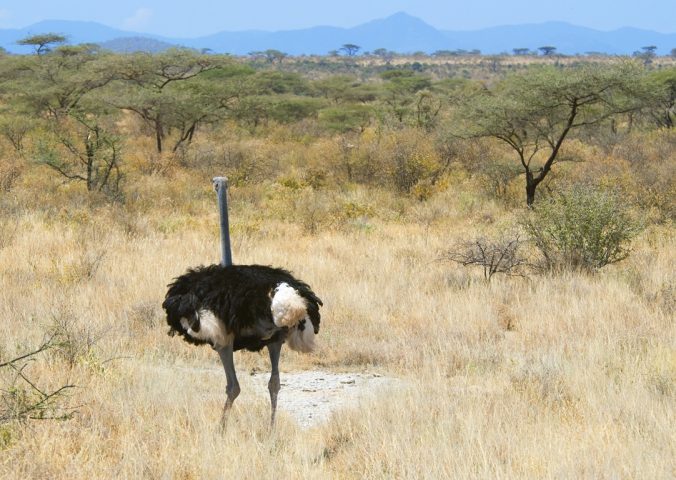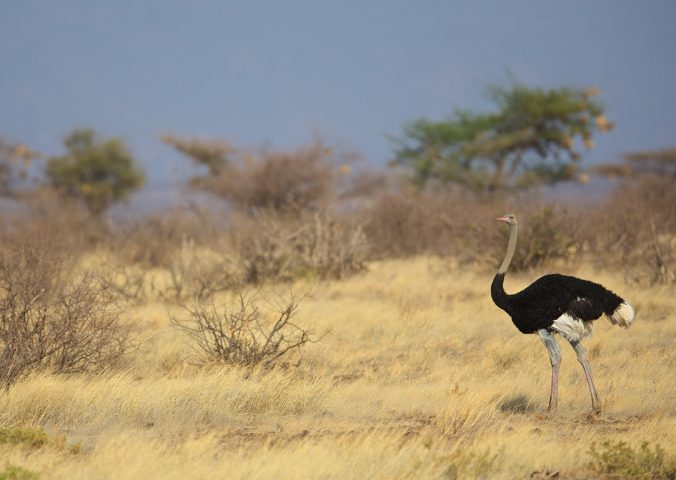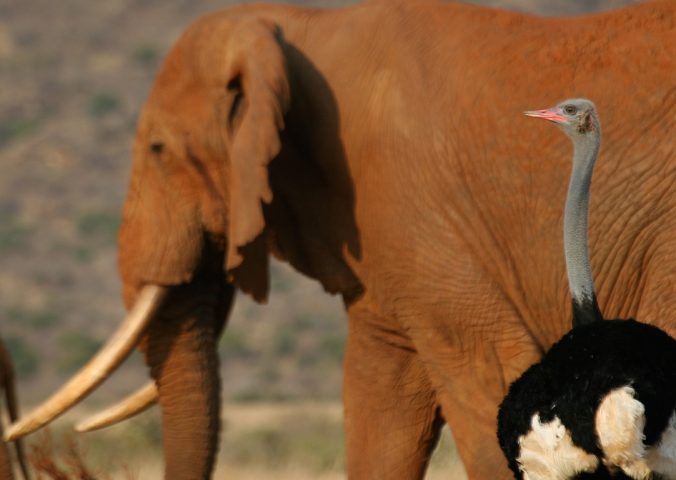About
This species is a huge, flightless bird, with males reaching up to 275cm!
The Somali Ostrich, until 2014, was previously considered a subspecies of the Common Ostrich, Stuthio camelus, which diverged from all other bird species 72.8 million years ago, during the Cretaceous period. This makes this species part of one of the earliest genera to diverge from the class Aves (birds), which diverged from all other animal species 113 million years ago. Molecular evidence indicates that the East African Rift has served a barrier to isolate the taxon from the common ostrich, keeping them genetically distinct. Mitochondrial DNA of this genus has shown that the Somali ostrich is the phylogenetically the most distinct from all ostrich species. Apparent declines in this species are due to the poaching of eggs, which are used as ornaments, water containers, symbols or protective devices on churches. Birds are also shot for food and leather and also chased to death by drivers. Habitat loss and degradation also represent a further threat. No conservation actions and currently in place.
- Order: Struthioniformes
- Family: Struthionidae
- Population: Unknown
- Trend: decreasing
- Size: 175-275cm
- Weight: 90-156kg
EDGE Score
Distribution
This species is found in north-east Africa, with its range overlapping Ethiopia, Somalia, Djibouti and Kenya.
Habitat and Ecology
This species is often found alone or in pairs in a variety of habitats including semi-arid and arid grassland, dense thornbush and woodland. They largely feed by browsing.



